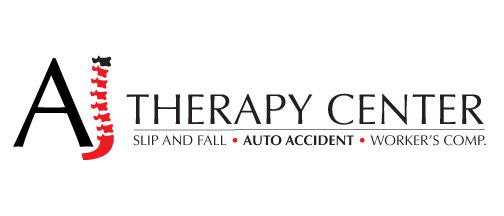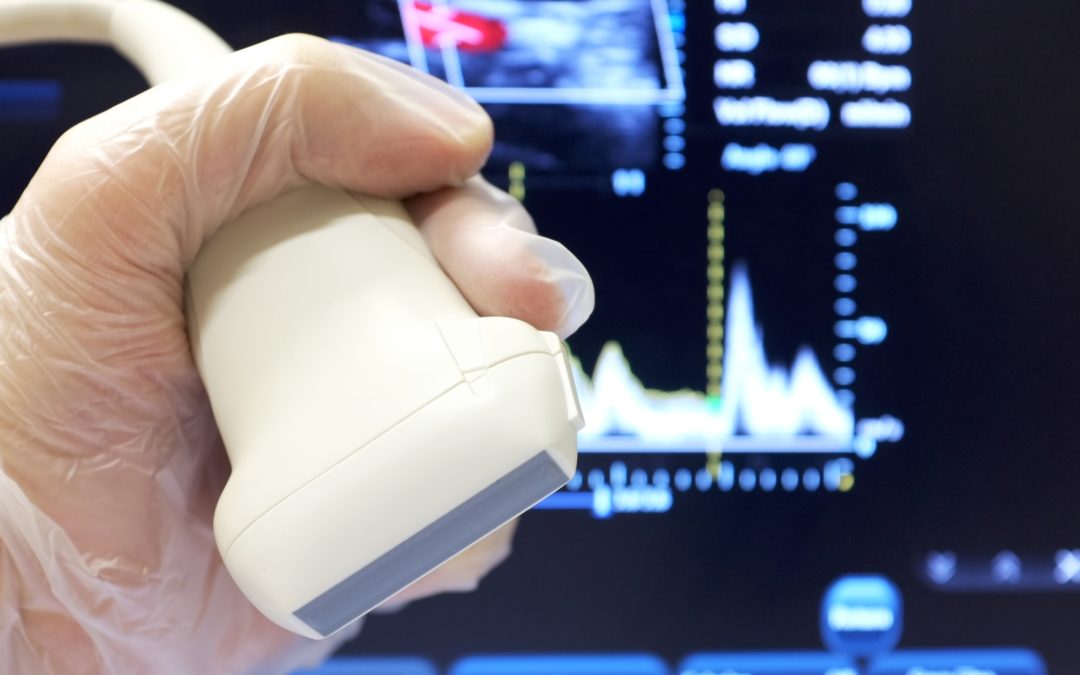Everyone has been there. You or a loved one is having a procedure done, but you have no idea what it means. Many procedures have complicated names when they are actually fairly straightforward.
One of these procedures is ultrasonic cavitation. But what is ultrasonic cavitation? Keep reading to find out exactly how it works and what it can be used for.
What Is Ultrasonic Cavitation?
Ultrasonic cavitation is a process that uses ultrasound waves to produce bubbles within a body or material. Ultrasound is just sound with a frequency that is too high for humans to hear.
Most people can hear sounds in the range between 20 to 20,000 Hz. Ultrasound refers to sounds that are above this range. The word cavitation comes from the same root as the word cavity.
It just means creating a cavity or bubble inside of a material. Typically, these bubbles are filled with air, but they can be other things. To understand how this works, it is first necessary to know a little about sound waves.
Sound waves are a type of pressure wave in which there are areas of low pressure followed by areas of high pressure. Think about the calm surface of a pond or a swimming pool.
Now, imagine you move your hand quickly back and forth in the water or at the surface. You can easily see the bubbles that form in the water. This is similar to how ultrasonic cavitation works.
Just like you create pressure differences in the water, ultrasound waves create pressure differences in a material to form bubbles.
How Is It Used in Treatment?
Now we have a better understanding of what ultrasonic cavitation is, but what is cavitation treatment? There are many different applications of ultrasonic cavitation treatment.
Ultrasound can break up kidney stones and gallstones, making them easier to pass through the body. It can also be used to treat cataracts in your eyes. High-intensity ultrasound can break up tumors in the body without the need for invasive surgery.
Ultrasound can also deliver certain drugs like chemotherapy medicine to very specific areas within the body. In this way, none of the drugs is wasted in parts of the body where it is not needed.
Ultrasound can guide other devices for different treatments such as laser treatment of varicose veins and liposuction procedures.
Ultrasound can also be important in physical therapy. Cavitation serves to stimulate the cell membranes within your body’s organs and tissues. This helps to repair the cells and can reduce inflammation.
For more information about these procedures, you can find out about ultrasound cavitation near me or physical therapy near me.
Next Steps
Now that we’ve answered the question “What is ultrasonic cavitation?” and looked at some of its uses, feel free to do some more research on your own and consult your doctor to see if this method is right for you.
If you’re looking for physical therapy in Tampa or physical therapy in St. Petersburg, please contact us for more information about how we can help with your specific needs.

